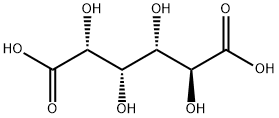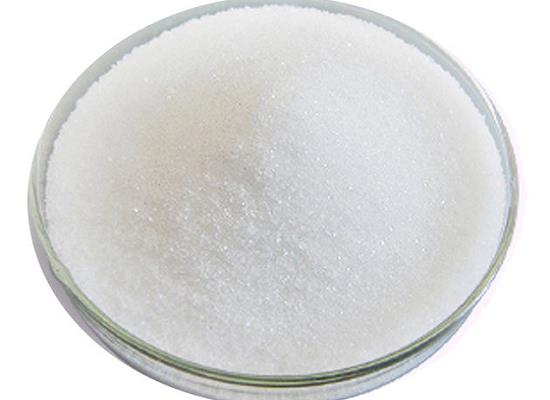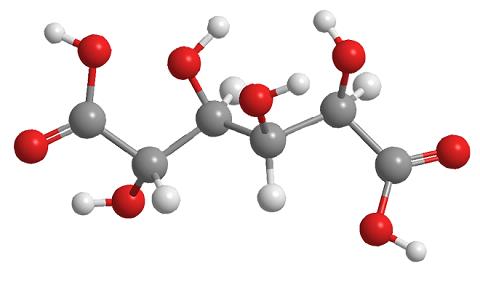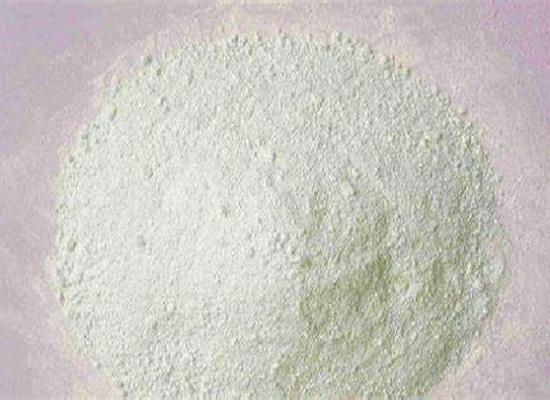Advancements of Synthesis and Biosensors in D-Glucaric Acid
General Description
D-Glucaric acid, a versatile compound found in nature, holds significant value across industries like chemical, food, and pharmaceuticals. Its diverse applications range from producing biodegradable detergents to serving as a tumor detection agent. In E. coli, metabolic engineering has enabled the synthesis of D-Glucaric acid by introducing specific enzymes. The development of D-Glucaric acid biosensors has allowed for efficient screening and optimization of its levels. While challenges persist, such as stability issues and competition within cells, ongoing research aims to enhance production efficiency and explore alternative substrates. Overall, the potential of metabolic engineering and biosensor technology highlights the promising future of D-Glucaric acid in various fields.

Figure 1. D-Glucaric acid
Overview
D-Glucaric acid, known as glucarate or saccharic acid, is a naturally occurring aldaric acid found in animals, as well as various fruits and vegetables. This versatile compound plays a significant role across multiple industries such as chemical, food, pharmaceutical, and therapeutic sectors. Recognized for its diverse applications, D-Glucaric acid was designated as a "top value-added chemical from biomass" by the United States Department of Energy in 2004 due to its potential in producing biodegradable detergents and polymers like nylons and plastics. Its ability to form stable complexes with metal ions has led to its utilization as an imaging agent for tumor detection, a surfactant in wastewater treatment, and a decolorizer in synthetic dye treatment processes. In the medical field, D-Glucaric acid is employed to lower cholesterol levels, inhibit tumor growth, enhance immune function, and reduce the risk of cancer when used as a food additive. The wide-ranging benefits and applications of D-Glucaric acid underscore its importance as a valuable compound with promising implications for various industries and health-related practices. 1
Synthesis pathways in E. coli
In E. coli, the synthesis pathways of D-Glucaric acid involve a series of enzymatic reactions that transform glucose into this valuable compound. Through metabolic engineering, researchers have successfully manipulated E. coli to produce D-Glucaric acid by introducing specific enzymes into the bacterial system. One notable example is the work by Moon et al. in 2009, where a recombinant E. coli strain was engineered to express three key enzymes: myo-inositol-1-phosphate synthase, myo-inositol oxygenase, and uronate dehydrogenase. These enzymes work together to convert glucose into D-Glucaric acid via intermediate steps involving myo-inositol and GlcA. However, challenges were encountered during this process, such as the instability of myo-inositol oxygenase and competition from other metabolic pathways within the cell for the carbon source. To address these issues, alternative substrates like sucrose have been explored for D-Glucaric acid synthesis. By utilizing sucrose and additional enzymes to convert it into glucose and fructose, E. coli can more efficiently produce D-Glucaric acid while promoting cell growth. Overall, the biosynthesis of D-Glucaric acid in E. coli showcases the potential of metabolic engineering to harness microbial systems for the sustainable production of valuable compounds with applications across various industries. 2
D-Glucaric acid biosensor
D-Glucaric acid biosensors play a crucial role in the efficient screening and optimization of GA concentration levels. In response to the pressing need for an effective D-Glucaric acid screening approach, researchers have focused on developing promoters that are responsive to GA and allow for real-time control of upstream genes. These promoters, along with their transcriptional regulators, are essential for ensuring optimal D-Glucaric acid pathway flux and facilitating the construction of D-Glucaric acid biosensors. In a significant development by Rogers et al in 2016, a D-Glucaric acid biosensor was created using the transcription factor CdaR and a 521-bp promoter in E. coli. This milestone was followed by the establishment of an effective high-throughput screening method two years later, which successfully identified highly active mutants of MIOX. The utilization of an E. coli strain containing the GA biosensor system enables it to function as a D-Glucaric acid "detector," facilitating the ranking of GA concentrations within a medium or reaction mixture. While this approach may not provide quantitative analysis, it proves to be valuable for high-throughput sorting and addresses the need for a rapid and efficient GA detection method. Furthermore, the potential use of yeasts as host cells for D-Glucaric acid production is explored due to their higher resistance to acid toxicity compared to E. coli. However, the lack of D-Glucaric acid-inducible transcriptional regulators in natural eukaryotic promoters poses a challenge. One proposed solution involves transplanting prokaryotic transcriptional activators into eukaryotic chassis, offering a promising avenue for enhancing yeast metabolic engineering tools. 2
Reference
1. Walaszek Z, Szemraj J, Hanausek M, Adams AK, Sherman U. D‑Glucaric acid content of various fruits and vegetables and cholesterol‑lowering effects of dietary d‑glucarate in the rat. Nutr Res. 1996; 16: 673-681.
2. Chen LZ, Huang SL, Hou J, Guo XP, Wang FS, Sheng JZ. Cell-based and cell-free biocatalysis for the production of D-glucaric acid. Biotechnol Biofuels. 2020; 13(1): 203.
);You may like
Related articles And Qustion
Lastest Price from D-Glucaric acid manufacturers
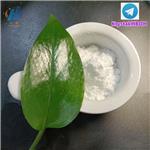
US $1.00/KG2024-04-24
- CAS:
- 87-73-0
- Min. Order:
- 1KG
- Purity:
- 99.91%
- Supply Ability:
- 200000
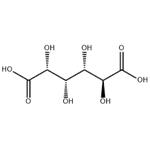
US $5.00-0.10/KG2024-03-29
- CAS:
- 87-73-0
- Min. Order:
- 1KG
- Purity:
- 99%
- Supply Ability:
- g-kg-tons, free sample is available
